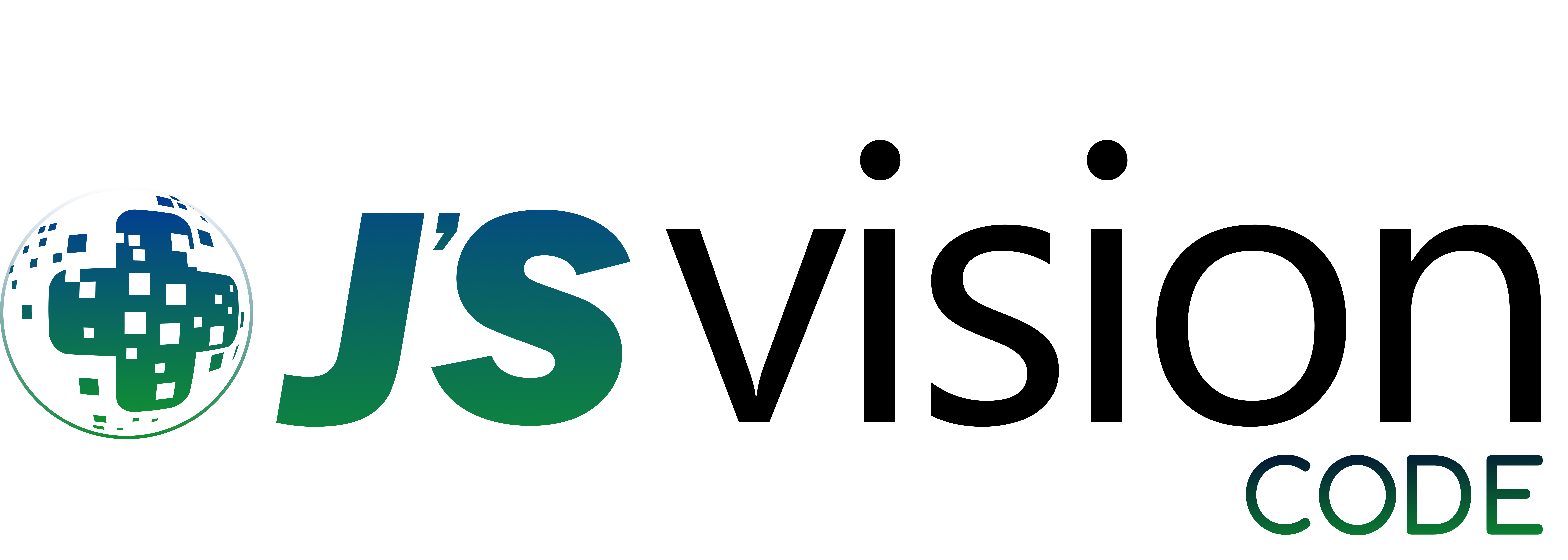Blogs / Medical Coding
What Is Medical Coding? A Deep Dive into Its Process, Tools, Careers & Future
17 June, 2025

Medical coding is the engine behind the healthcare billing system. Every time a patient visits a doctor, undergoes a test, or has a procedure, the details must be translated into universal alphanumeric codes. These codes are essential for billing, insurance claims, and even population health analysis.
But what exactly does a medical coder do? What code systems do they use? And how is technology changing this fast-evolving profession?
This guide breaks down everything you need to know, from the nuts and bolts of coding to career opportunities and the future of this critical field.
Why Medical Coding Matters?
Medical coding is not just data entry. It’s a high-stakes process that:
- Enables healthcare providers to get reimbursed.
- Tracks clinical performance.
- Supports public health reporting.
- Ensures compliance with healthcare regulations.
Inaccurate coding can lead to rejected claims, delayed payments, fines, or legal consequences. That’s why skilled coders are essential for the healthcare revenue cycle.
Stat to know: According to the American Medical Association, over 400 new CPT codes were added in 2024 alone, proof that coding is constantly evolving.
Understanding Major Code Systems
Medical coders use different systems depending on the diagnosis, service, or equipment involved.
ICD-10 vs ICD-11
CPT codes describe medical, surgical, and diagnostic services. Maintained by the AMA, CPT codes are used primarily for outpatient services and are updated annually.
There are three categories:
- Category I: Most procedures and services.
- Category II: Performance tracking.
- Category III: Emerging technology and experimental procedures.
Used for services not covered by CPT, especially by Medicare. It includes:
- Level I: CPT codes.
- Level II: Non-physician services (ambulances, DME, prosthetics).
- DRG (Diagnosis-Related Groups): For inpatient hospital coding.
- CDT: Dental procedures.
- NDC (National Drug Codes): Medications.

The Medical Coding Workflow: A Step-by-Step Guide
Medical coding isn’t just about converting notes into codes. It’s a structured process:
- Chart Review: Coders examine provider documentation.
- Abstraction: Identify relevant diagnoses, procedures, and services.
- Code Assignment: Apply appropriate ICD, CPT, or HCPCS codes.
- Validation: Check for accuracy, modifiers, and sequencing rules.
- Submission: Codes are sent to billing teams or clearinghouses.
- Audit/Feedback: Internal reviews ensure compliance.
Tools & Tech Transforming Coding
Technology is reshaping the landscape:
- EHRs (Electronic Health Records): Coders access patient records digitally.
- Coding Software: Tools like 3M, TruCode, and Optum boost speed and accuracy.
- AI and NLP (Natural Language Processing): Auto-coding tools suggest codes based on physician notes.
- Auditing Dashboards: Track denials, accuracy rates, and productivity.
While automation helps, human coders remain critical, especially for interpreting context and ensuring documentation supports coding.
Who Performs Medical Coding? Roles & Careers
Medical coders work in hospitals, clinics, insurance firms, and third-party billing companies. Many also work remotely.
- Medical Coder
- Coding Auditor
- Clinical Documentation Specialist
- Medical Billing Specialist
Required Certifications:
- CPC (Certified Professional Coder) – AAPC
- CCS (Certified Coding Specialist) – AHIMA
- CEHRS (Certified Electronic Health Records Specialist) – NHA
The U.S. Bureau of Labor Statistics projects 8 percent job growth for medical records specialists from 2022 to 2032.
Compliance & Common Pitfalls
Mistakes in medical coding can lead to compliance violations and lost revenue. Common pitfalls include:
- Undercoding: Not coding all performed services results in lost revenue.
- Overcoding: Coding services not rendered creates a fraud risk.
- Upcoding: Using codes for more severe conditions or procedures than documented.
Best practices include regular audits, staying updated with annual code changes, and clear documentation from providers.
How to Become a Medical Coder
Here’s a typical path:
- Education: High school diploma followed by postsecondary training (6 to 12 months).
- Certification: Pass an exam like the CPC or CCS.
- Experience: Many entry-level jobs offer on-the-job training.
- Continuing Education: Stay certified with CEUs and keep up with new guidelines.
Pro tip: Some programs offer bundled training with an exam voucher and internship placement.
The Future of Medical Coding
The field is evolving fast:
- ICD-11 adoption is on the horizon for the U.S.
- AI tools will augment human coders, not replace them.
- Remote work is the new norm.
- Global outsourcing may increase for routine coding tasks.
- New specialties like oncology or behavioral health require deeper coding skills.
Keeping up means committing to lifelong learning.
Real-World Example: From Note to Claim
A patient visits a primary care doctor for a follow-up on hypertension and a flu shot.
- Documentation: Provider notes follow-up visit of a hypertensive patient &administered flu vaccine
- Coder assigns: ICD-10: I10 (Hypertension) CPT: 99213 (Office visit), 90686 (Flu vaccine) HCPCS: G0008 (Vaccine administration)
- Claim is submitted to insurance with justification.
- Payment is approved.
This simple interaction can involve 3 or more codes across multiple systems.
Conclusion
Medical coding is the silent engine of healthcare, converting patient encounters into clean, actionable, billable data. It requires precision, up-to-date knowledge, and attention to detail. With technology and regulations evolving, skilled coders are in high demand across the U.S. healthcare system.
At J’S Vision Code, we specialize in delivering top-tier medical coding solutions tailored for accuracy, compliance, and efficiency. Whether you’re a healthcare provider looking to streamline your revenue cycle or an organization needing expert coding support, J’S Vision Code is your trusted partner for results that matter.

